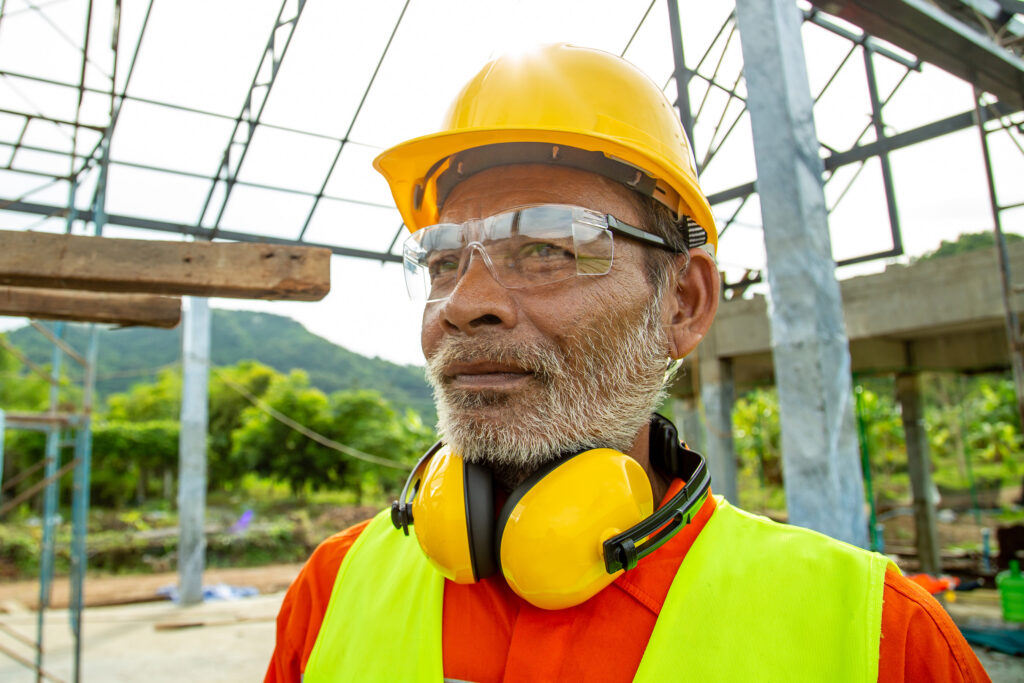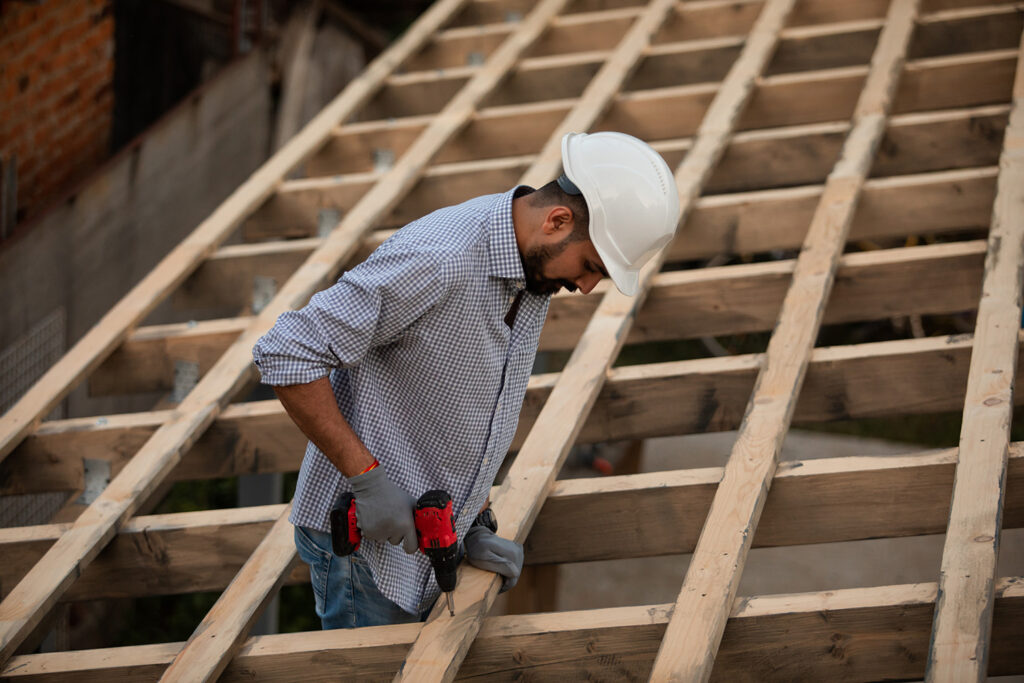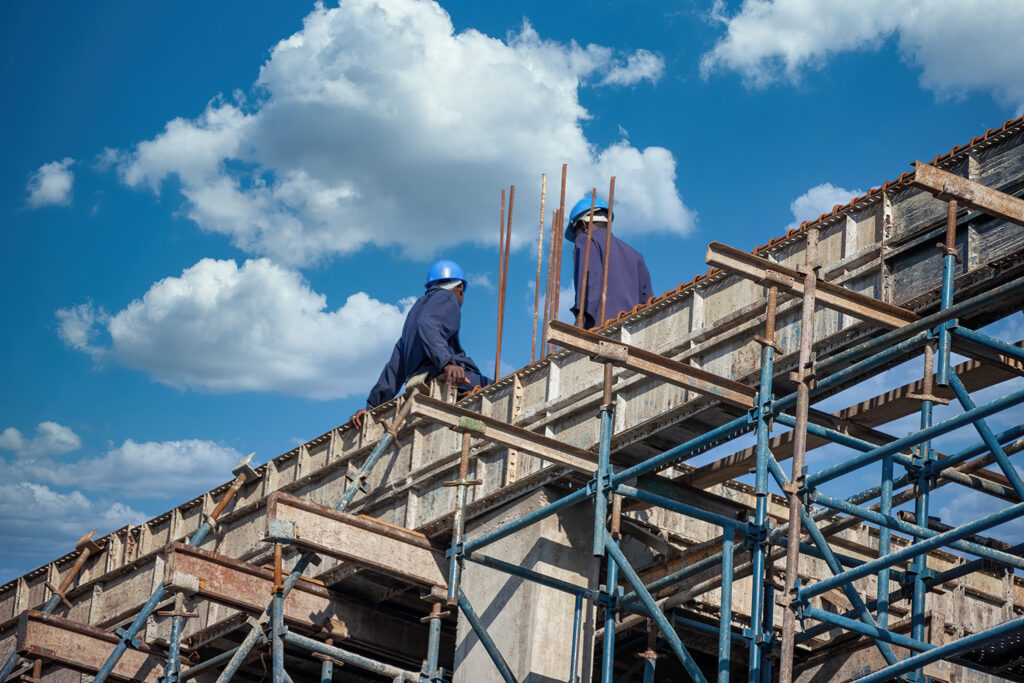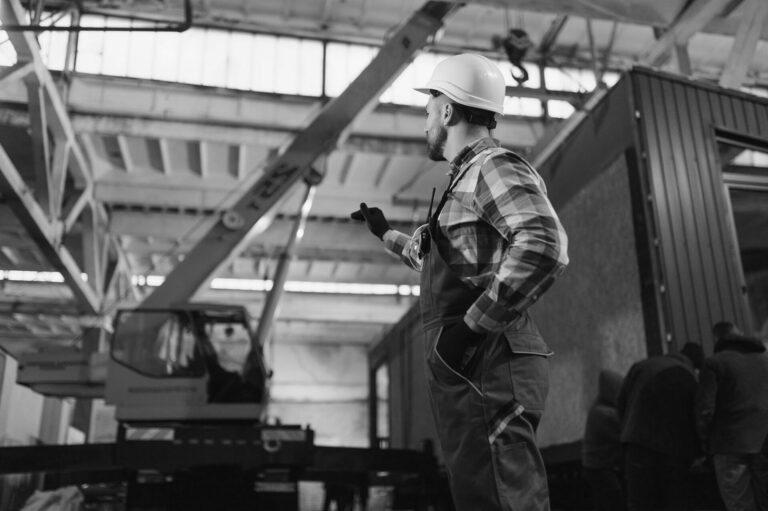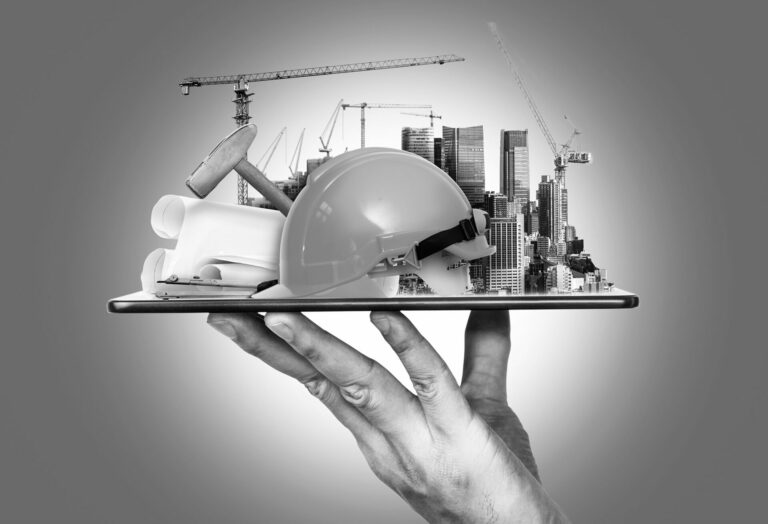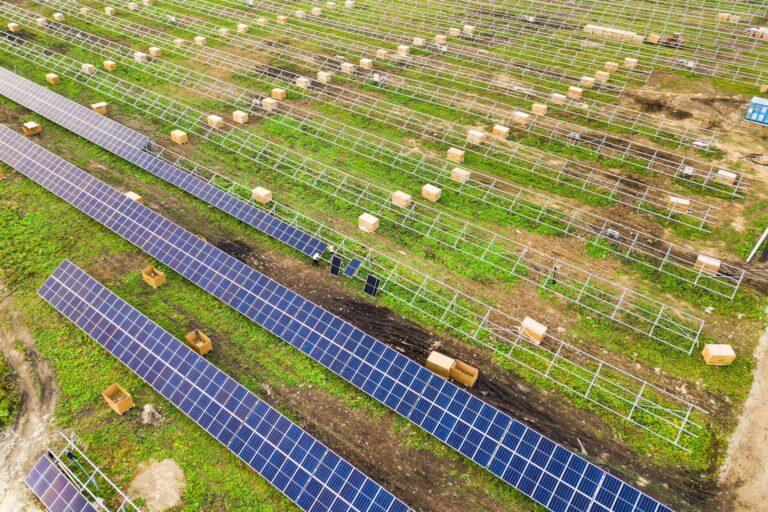Recent history, both economic and environmental, has been dramatic to say the least. As external pressures are crushing the fragile recovery being experienced across every industry, politics are becoming ever more divisive. However, some things remain as they have always been. Same as it ever was, so to speak. While it may seem a glib and dismissive comment; the world does indeed continue to turn. Along with it, industry and business continue across every stretch of land. As always, enterprise will develop and grow. Despite the many challenges that businesses currently face, innovation and progress are reassuringly omnipresent. However, there is another side to growth which, until recently, has not been fully acknowledged and is yet to be successfully addressed. Inequality is a concept which threatens every aspect of human existence. Farming and education, banking and construction; no area of life is free from the prospect of an unbalanced distribution of resources, access and wealth. Around the world, this too is a constant. While we are lucky enough to live in an age where innovation and development is at a barely conceivable level, the gap in education, opportunity and basic health care is widening at a worrying pace.
It goes without saying that the COVID-19 Pandemic has stretched the resources of every nation around the world. Even for those nations that would be considered wealthy, enormous amounts of additional funding and supports have needed to be found in tight and carefully considered budgets. Health care is not cheap, regardless of the context. For almost two years, governments, health care workers and communities have reached the point of exhaustion as they try to manage and cope with spiraling levels of infection and death. Similarly, scientists have been racing to produce vaccinations while the world watches expectedly over their shoulders. It is almost impossible however, to try to balance these pressures within the context of a health care system that simply does not work; to expect positive outcomes when a country is bankrupt. The plight of low resource countries in dealing with COVID must surely be exponentially more difficult than ourselves. In these countries, resources, sanitation and access to healthcare infrastructure are all compromised. This has led to devastation.

It is encouraging that, in times such as these, there are organizations working towards a more equitable response. Construction for Change has partnered with Adaptiv Architecture and HDR’s Design 4 Others to develop an “open-source COVID-19 Response Unit Resource Guide.” The guide acts as a roadmap for organizations to assist with the retrofitting or construction of COVID 19 clinics. According to CfC, “The focus of the guide is to provide layout of spaces as well as patient and staff flows to provide optimal care and safety in the reduction of the spread of the virus.” While this is a considered and effective project, it is reactive, rather than proactive. Unfortunately, it can sometimes take a global emergency to ensure that those most at risk are brought in from the cold and given the tools to redress the balance of equity, albeit marginally.
For an organization such as Construction for Change however, this is not simply a performative, short-term endeavor. The organization, a Seattle based nonprofit construction management organization that “partner with NGOs and government ministries to build quality spaces where people thrive” has identified a key aspect of the imbalance that can be found throughout the poorest countries. According to CfC, “Global NGOs and government ministries provide critical services in low resource settings. Construction for Change comes alongside our partners to build new facilities in the health, education and economic mobility sectors. From design to project close out, we serve as the owner’s representative at every step.” Quite simply, the organization brings an equity in skills, knowledge and expertise to assist in the design and building of vital structures such as schools, hospitals and workspaces. “We help build spaces where people can become healthier, better educated, and increase economic mobility.”
This forward-thinking model involves using the knowledge base it has already developed, coupled with an ability to access working relationships with construction leaders to bring much needed value to community partners and clients. Additionally, local communities benefit from the resulting employment and training opportunities. “Our unique model of service provides the highest possible value to our Project Partners. We leverage the expertise of world class design firms and construction professionals who make our work possible. This model allows us to streamline costs without compromising quality. We work for and with the communities we serve. We recruit local labor and offer these talented workers the opportunity to expand their skills in the construction trades. We build sustainably, leverage existing supply chains and use energy-efficient technologies like solar power.”
The company was set up in 2009 with the goal of providing well-built spaces where communities can thrive. Since then, they have fundraised and built numerous life-changing buildings for local communities in countries such as Kenya, Uganda and Nepal. The impact that these projects can have on the people using them simply cannot be underestimated. Take for example the Nepal Safe House. In 2015, the previous Safe House used by The Women’s Protection Centre (WPC) Nepal was destroyed by an earthquake. WPC is a group that “works to eradicate human trafficking through high quality education and vocational training, so women have the opportunity to move beyond the caste they were born into, breaking the cycle of poverty.” Unfortunately, WPC Nepal did not have the skills or wealth to rebuild the house. Thankfully, the project, led by CfC, has been a resounding success which has benefitted over 600 women and children since its completion. The 13,000 sq ft building, which comprises of office spaces, bedrooms, kitchen living area and a rooftop terrace allows safe, outdoor recreation along with a space to facilitate vocational training, counseling, and computer literacy training. This building, while vital and uplifting, is only one of many similar projects from preschools to operating theatres.
While the work being done by CfC is cause for optimism, the reality is not as idyllic. Equality can often be a missed target. What it can come down to, unfortunately, is priorities. When faced with tight budgets and sink-or-swim decisions, companies all too often choose the route that will benefit itself first; anything else is a bonus. The simple fact is that, in general, selfishness is a pillar of success. However, it seems as though there are some, like Executive Director of CfC Kevin Hunter, that think otherwise. For Hunter, and those at Construction for Change, redressing the imbalance of power and the resulting inequalities are an important and necessary change. “As an organization, it is embedded in our project management approach, to listen, work with, and for the communities we serve. We honor the dignity of all people and strive to understand the multiple layers and stories within a person or location, respecting and always learning from the local communities where we build. As a team, we have worked hard to build programs internally and externally that promote equity, diversity and inclusion.”









